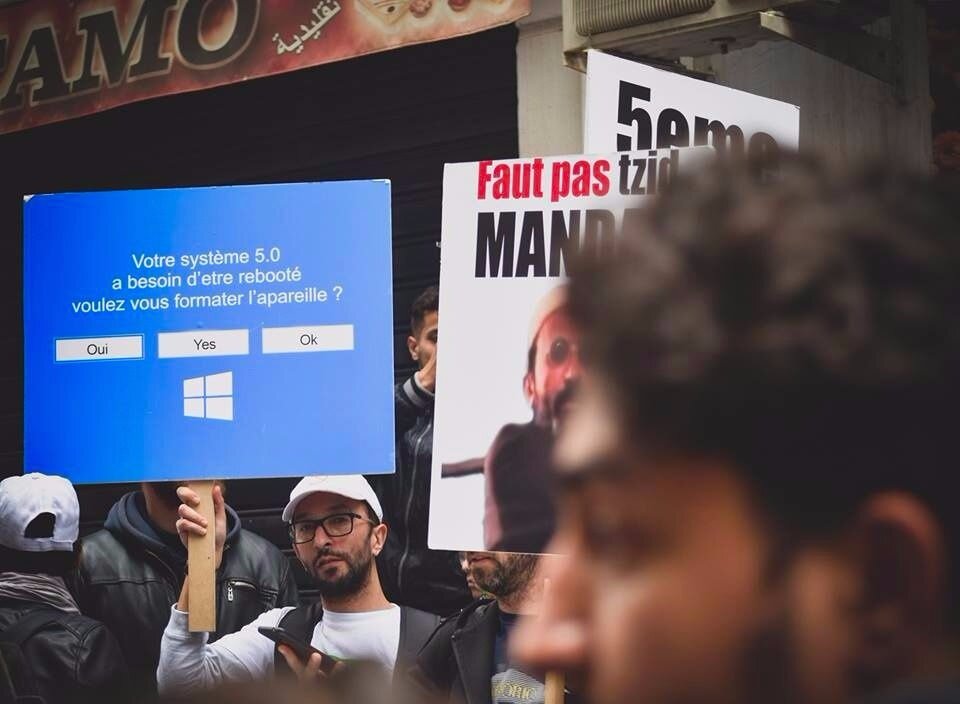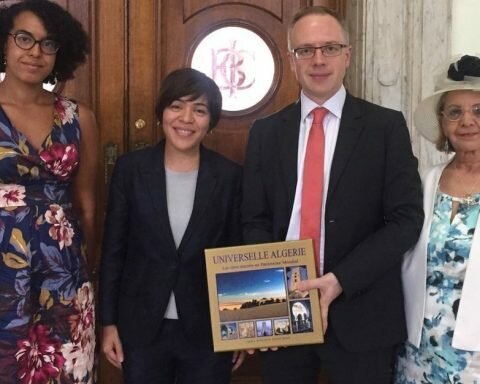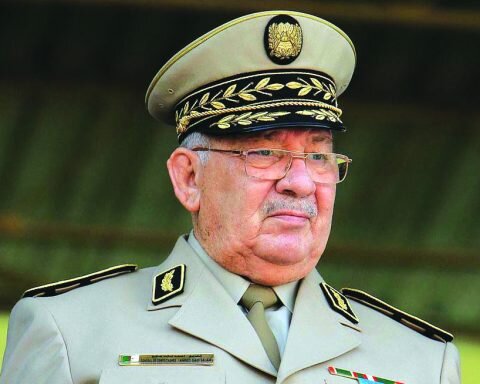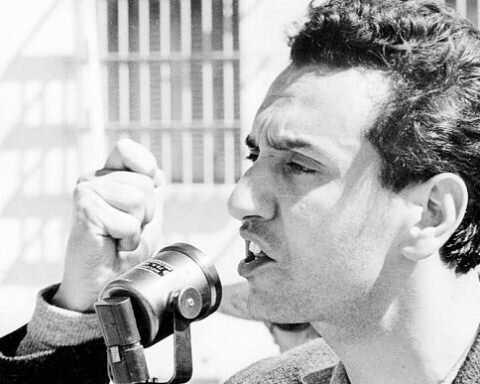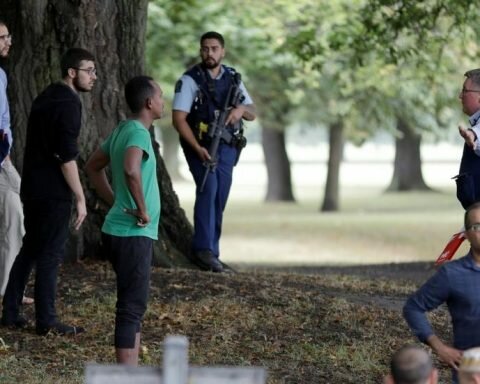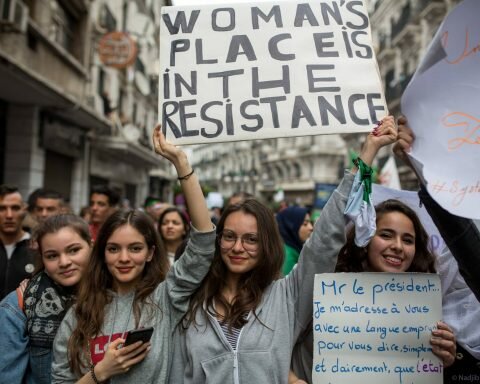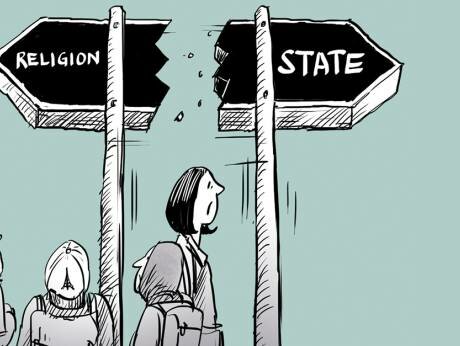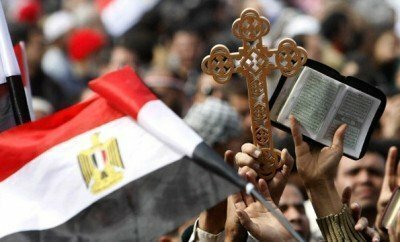Undeniably, social networks play a key role in the current citizen movement in Algeria.
First of all, it should be recalled that the demonstrations currently shaking Algeria began following anonymous calls on the Internet for a march on February the 22nd before spreading everywhere in the country to happen repeatedly ever since .
However, the political impact of social networks in Algeria cannot be reduced to these anonymous calls. In recent years, debates are recurrently launched on the political situation of the country, on the authoritarian nature of the regime and, to a greater extent, on corruption scandals splashing people close to the ruling clan. People of all ages began relaying information, more or less verified, on ill-gotten wealth by Algerian political figures, especially in Europe, and discussion forums around politics began to flourish, in particular among young people.
In other words, a cyberspace of political discourse has been given shape. This coincides with the generalization of Internet access through 3G technology, the rise of social networks, and the large-scale use of smartphones.
Among all social networks, Facebook takes the lion’s share. According to StatCounter Global Stats[i], during the period from January 2018 to February 2019, Facebook, amounting to 55.61% of users, is the social network most widely used by Algerians, closely followed by YouTube with 33.21% and such other networks as Twitter (5.85 %), Pinterest (4.03%), Instagram (0.52%), and Google+ (0.37%).
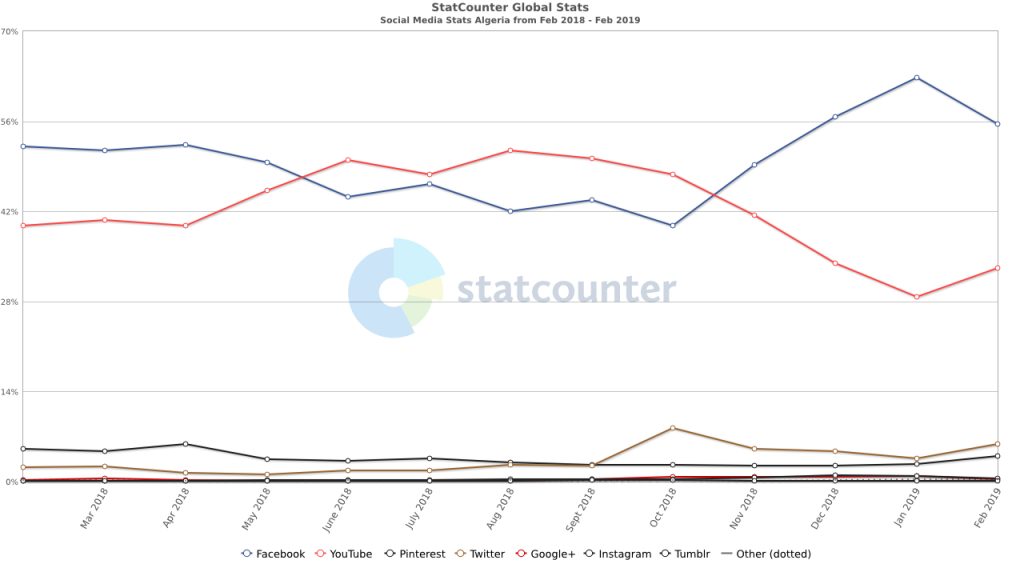
During the same period, the predominance of Facebook is even more accentuated on smartphones, which has now became the most used connection platform as these figures clearly show: Facebook 65.79%; YouTube 24.73%; Pinterest 4.29%; Twitter 4.18%; Instagram 0.72%; Google+ 0.22%.
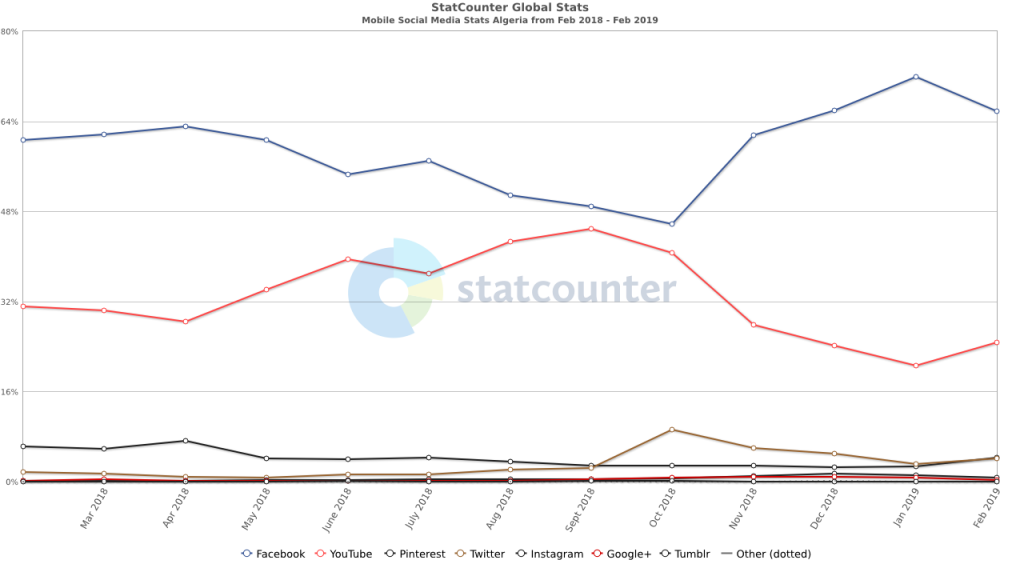
Moreover, in a country where the authorities do not hesitate to block the Internet access to prevent students from cheating in the Baccalaureate examinations, it should be noted that with the exception of the march of February the 22nd during which the Internet has been considerably slowed down by the authorities, no significant blockage can be reported. Videos, calls, debates, lives, … continue to be relayed freely on all social networks, especially on Facebook. Algerian Internet users, particularly young people, spare no effort or ingenuity to combine humor with creativity.
How are Algerians setting up a space for exchange and communication with the aim of achieving democratic change?
In The Structural Transformation of the Public Sphere[ii] (translated into English in 1989), Jügen Habermas claims that during the 18th century a sphere emerged between the State/economy and the private sphere. According to him, a public sphere was the site where people shared their opinions and were able to change or influence decisions apart from the state and economy. He further claims that during the 18th century people were able to meet in various places in face to face forums to discuss politics and trade news. This acted as community meeting points where individuals could engage in civic activity.
This model of a public sphere was conceived of as a space in which everybody was given the right to have their voices heard and discuss democratic issues. Having created journals, newspapers, pamphlets, and books of opinion to help spread knowledge to all, the press soon established itself as a full-blown function of society, which helped create a strong civil society detached from the state in which journalism was seen as the fourth estate of society. In opposition to the state-controlled forms of communication, the fourth estate was portrayed as a benevolent form of free expression.
In a later writing (The Theory of Communicative Action)[iii], Habermas extended the concept of public sphere and added that new social movements emerged to counter attack the system by creating a space in which participants used debates in order to question the legitimacy of the state.
To what extent can this model of public sphere apply to the Algerian case? What are its limitations in that case? What other model(s) could apply to the Algerian case? All these are questions to which appropriate and timely responses need to be brought by specialists.
[i] http://gs.statcounter.com/browser-market-share/all/algeria
[ii] Habermas, J. (1989) The Structural Transformation of the Public Sphere: An Inquiry into a Category of Bourgeois Society (Trans. by Burger T. with the Assistance of Lawrence F.). Polity Press, Cambridge.
[iii] Habermas, J. (1987) The Theory of Communicative Action Volume II: System and Lifeworld. Cambridge: Polity Press, Cambridge.

